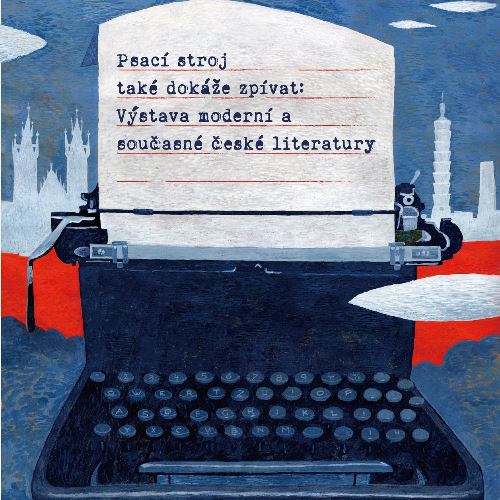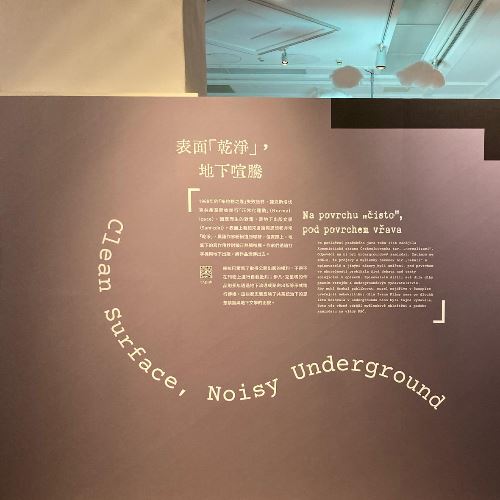Czech Literature Is In Full Bloom

The Czech nationalist movement of the 19th century reignited Czech ethnic consciousness. 20th-century experiences including the First Czechoslovak Republic, periods of Austro-Hungarian and Nazi German suzerainty, and the rise of proletarian socialist thought have since led the Czech people on an ardent, ever-evolving search for linguistic and political self-consciousness.
The decades following Czech’s formal acceptance as a national language are peppered with exceptional literary works by pioneering authors of the age that spotlight the brilliant cultural and linguistic nuances of the Czech nation. Contemporary writers conveyed their patriotic pride by composing compelling and relatable stories in Czech vernacular. This was also the era of Kafka and his brilliant literary works in German. The Czech literary garden was truly in full bloom.
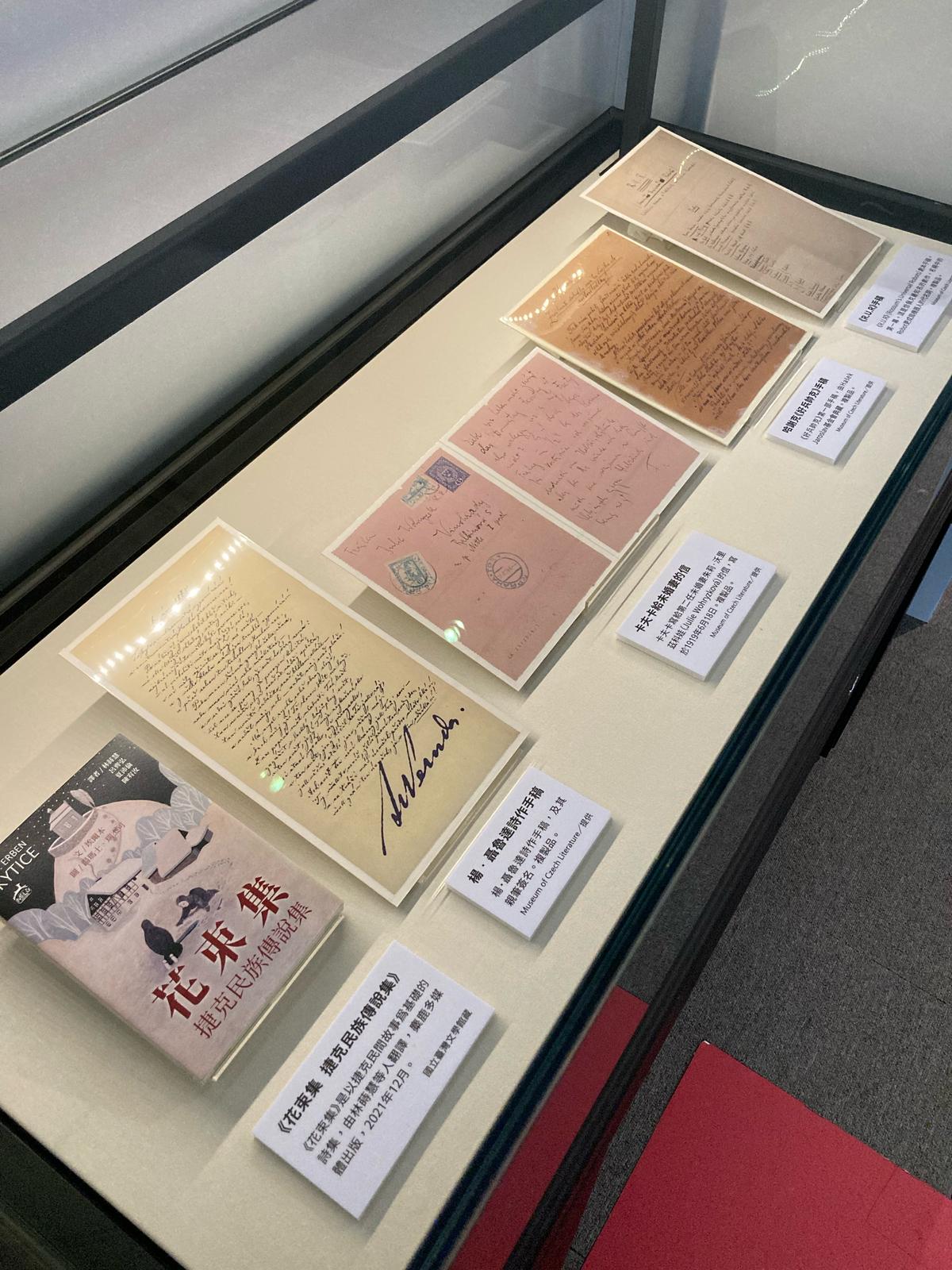
Reproductions of works, letters, and manuscripts from early 20th-century Czech writers, provided by various Czech partner institutions. Through the written word, one can feel the force and emotion of the writers' creative process.
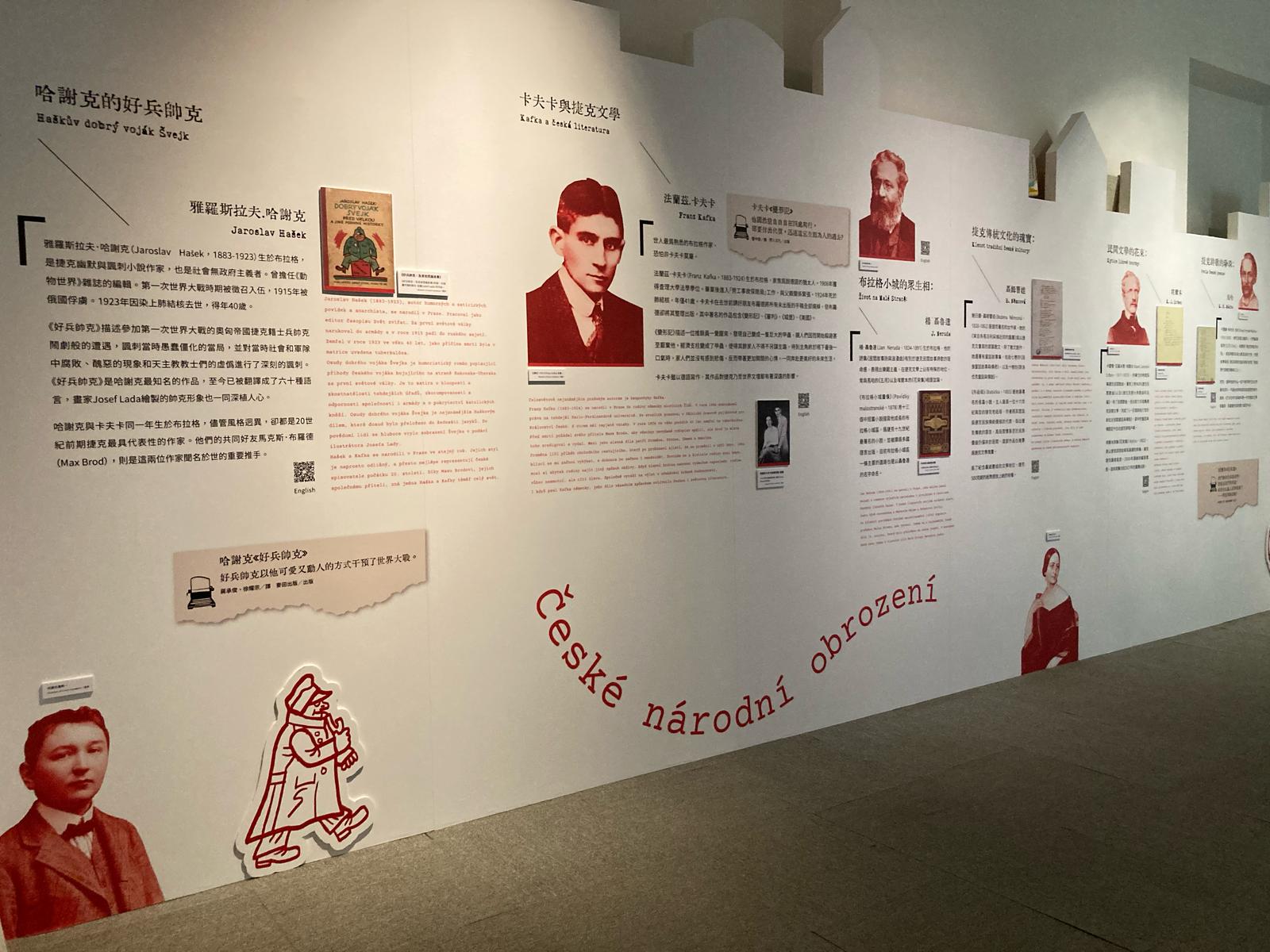
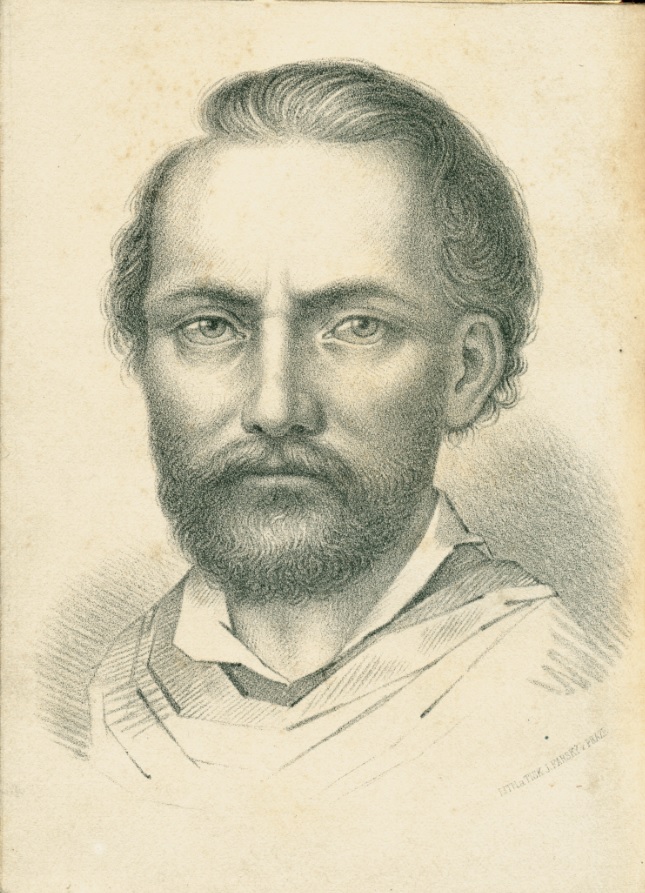
Mácha: The Pearl of Czech Poetry
Karel Hynek Mácha (1810-1836) was a Czech romanticist poet. His epic, lyrically written four-canto poem Máj (May) is widely considered the “pearl” of Czech poetry. Mácha was a leading light of the contemporary Romantic Movement and is celebrated today as the founding father of Czech modern poetry.
Although widely rejected by his contemporaries for his unconventionally candid approach to his creative work, Mácha was adopted as an inspirational icon by young Czech writers in the 1850s. His importance and influence continue today.
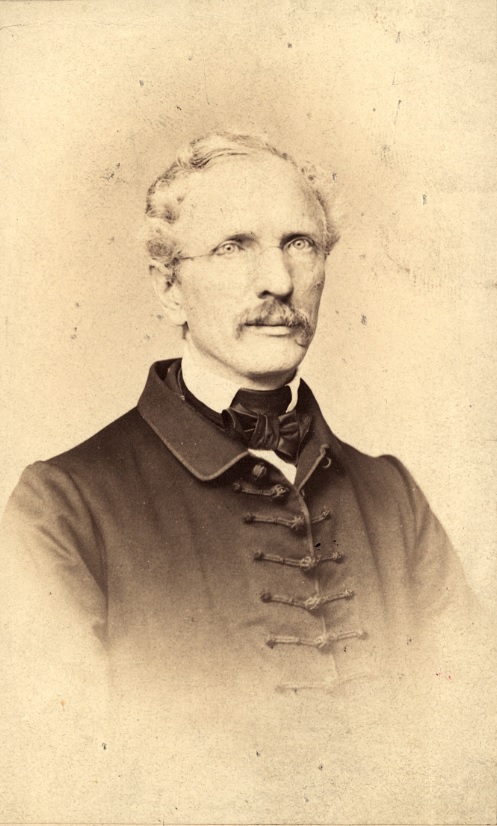
Erben: Font of Folk Literature
Karel Jaromír Erben (1811-1870) spent a lifetime collecting and preserving regional folk songs. He is the author of the three-volume Folk Songs and Melodies of Bohemia and Czech Folk Songs and Nursery Rhymes. Erben also collected traditional Czech folk stories, many of which he published in One Hundred Slavic Folk Tales and Legends in Original Dialects, which features many children’s stories and legends that are still well-known today.
Kytice, a compilation of Czech folk tale-inspired poetry by Erben first published in 1853, has been beloved by Czech readers for generations. Seven of the poems in this work were adapted into the 2000 horror-fantasy film Wild Flowers, and Kytice was first published in translation in Taiwan in 2021.

Kytice is a collection of poems based on Czech folk tales, translated by Lin Shih-hui and others, published by Milky Deer Multimedia in December 2021, collected by the National Museum of Taiwan Literature.
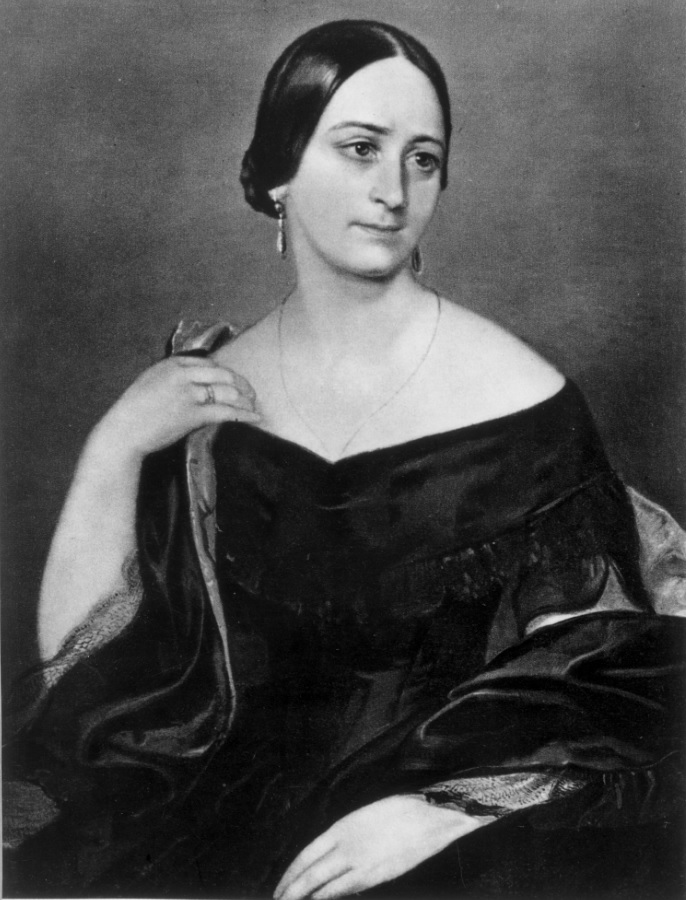
Němcová: National Treasure of Traditional Czech Culture
Božena Němcová (1820-1862), one of the modern era’s most influential female Czech writers, authored the first essay published in the Czech language - Impressions of the Region of Domažlice. She also penned children’s stories subsequently published in collections including the 7 volume Národní Báchorky a Pověsti (National Stories and Legends) and Slovenské Pohádky a Pověsti (Slovak Fairy Tales and Legends).
Babička (The Grandmother), published in 1855, was Němcová’s first long-form novel. The narrative was set in the 16th century and the protagonist, a typical Czech grandmother, was cast as a paragon of contemporary Czech folk values. Celebrated even today as a national literary treasure, the novel conveyed to readers how traditional linguistic, cultural, and ethnic values were the mortar that bound contemporary Czech society together.
The image of Němcová on Czechia’s CZK500 banknote commemorates the author’s literary legacy and importance to modern Czech culture.
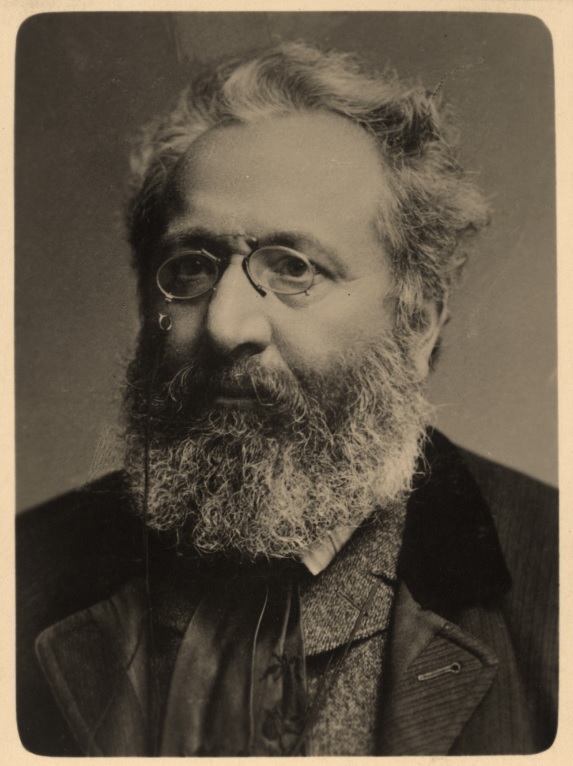
Neruda: The Many Stories and Myriad Faces of Prague
Prague-born Jan Neruda (1834-1891) published Balady a Romance (Ballads and Romances) a collection of his poems noted for their optimistic, aspirational interpretation of Czech folk stories and songs. This collection holds a special status in Czech literature and is often discussed together with Mácha and Erben’s seminal works Máj and Kytice.
In his 1878 work Povídky Malostranské (Tales of the Lesser Quarter), today one of the best-known Czech works of the 19th century, Neruda tells 13 stories centered in and around the neighborhood in Prague where he grew up. Tales has been widely published in many languages and, today, a major street through this neighborhood bears the author’s name.
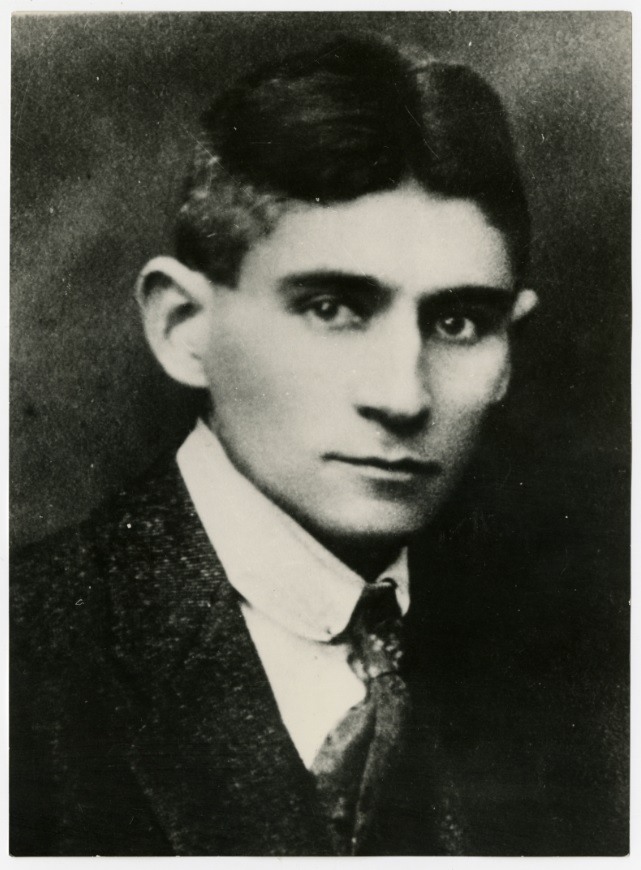
Kafka and His Influence on Czech Literature
Franz Kafka (1883-1924) is likely Prague’s best-known author both in and outside of Czechia.
Kafka was born in Prague into a German-speaking Czech Jewish family. Soon after graduating with his doctorate in law from the city’s German Charles-Ferdinand University in 1906, he took a job as an claims investigator at the Bohemian Worker’s Accident Insurance Institute. His relationship with his father was perennially troubled. Kafka died of tuberculosis in 1924, at the age of 41. Despite his entrusting a close friend Max Brod with his dying wish that all of his unpublished manuscripts be burned, Max instead prepared and submitted these for publication. Among the works saved from the fire were Die Verwandlung (The Metamorphosis), Der Proceß (The Trial), Das Schloß (The Castle), and Amerika.
Die Verwandlung follows the story of Gregor Samsa, a traveling salesman who awakens one day to find himself transformed into a giant bug. He is ostracized by his family who now, because he was their main breadwinner, must find other ways to earn a living. Left on his own and neglected, Gregor starves to death. However, rather than sadness, his family expresses joy at his passing, looking forward to better days ahead.
Kafka’s literary legacy, written in German, have had a far-reaching impact on both Czech and international literature.
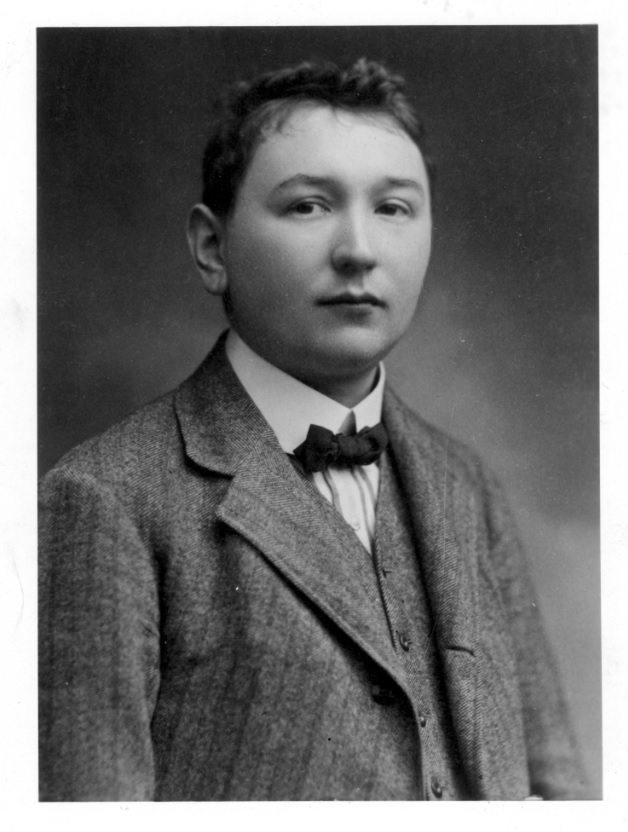
Hašek and His Good Soldier Švejk
Jaroslav Hašek (1883-1923) was a Czech humorist and satirist born in Prague who held political views that evolved from anarchist to socialist / communist. Before the war, he worked as an editor on several magazines, including Animal World. He was drafted into the Austro-Hungarian Army and in 1915 was captured and held as a POW by the Russian Army. He died of tuberculosis at the age of 40 in 1923.
Hašek’s best-known work, Osudy Dobrého Vojáka Švejka za Světové Války (Good Soldier Švejk), follows the fateful adventures of Austro-Hungarian soldier Švejk, poking fun along the way at ossified bureaucratic systems, social and military corruption, life’s general odiousness, and the hypocritical pretenses of Catholic clerics. The book has been translated and published in 60 languages, with the originally accompanying illustrations by contemporary Czech artist Josef Lada (1887-1957) adding greatly to the impact.
Hašek and Kafka, both born in Prague during the same year yet reflecting very different literary styles, are two of the most-celebrated Czech authors of the 20th century. Their mutual friend, Czech writer Max Brod, played an critical role in bringing their works to a world audience.

The Good Soldier Švejk manuscript, a reproduction.
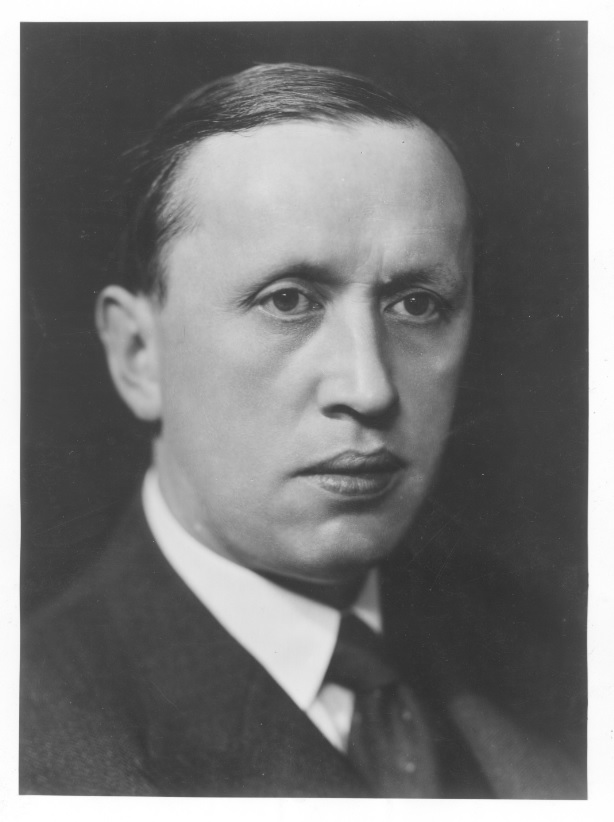
Čapek: Namer of the Robot
Do you know the origin of the word robot?
Karel Čapek (1890-1938) is a renowned Czech playwright and science-fiction author who graduated from the Faculty of Arts at Charles-Ferdinand University and began writing for newspapers and magazines in 1917. His first science-fiction play, entitled Rossumovi Univerzální Roboti or R.U.R. (Rossum’s Universal Robots) was a resounding success, with performances staged in the U.K. and United States as well. R.U.R. is remembered as the first time the term “robot” was introduced into popular usage. Although nominated seven times for a Nobel Prize in Literature, Čapek never won. Examples of his wide-ranging works include Krakatit (An Atomic Phantasy), Válka s Mloky (War with the Newts), Bílá Nemoc (The White Disease), and Zahradníkův Rok (Gardener’s Year). His brother Josef Čapek, a renowned author and illustrator, regularly created the illustrations that accompanied his younger sibling’s works.
R.U.R. is set in a factory that manufactures “robots” (androids) from a synthetic organic material. These robots, indistinguishable in appearance from humans, seem more than happy to work in the service of their human masters. However, one robot, angered by its situation, draws others to its cause and leads a rebellion resulting in the extinction of the human race.

The R.U.R. manuscript, a reproduction.
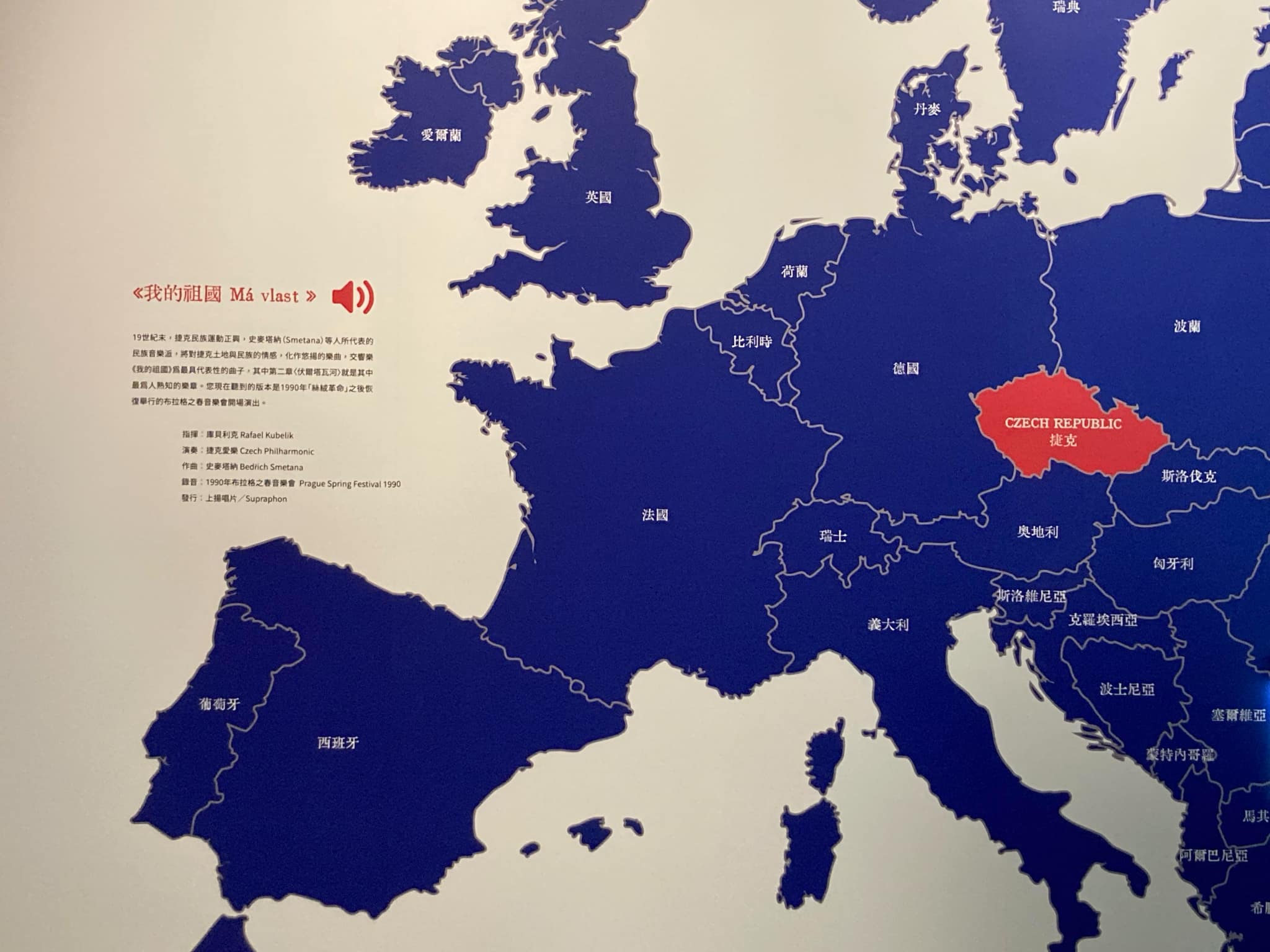
Má vlast
In the late 19th century, during the rise of the Czech National Revival, the nationalist music school represented by Bedřich Smetana and others transformed their feelings for the Czech land and its people into melodious music. The symphonic cycle 'Má vlast' is their most representative work, with the second movement, 'Vltava (The Moldau),' being the most well-known. The version you are listening to is the opening performance of the Prague Spring Festival in 1990, which resumed after the Velvet Revolution.
- Conductor: Rafael Kubelik
- Orchestra: Czech Philharmonic
- Composer: Bedřich Smetana
- Recording: Prague Spring Festival 1990
- Release: Sunrise Music / Supraphon

【The Czech National Revival】
The several Germanisation movements promoted by the Hapsburg monarchy (the pre-WWI rulers over what is now Czechia) were crucial to raising Czech national consciousness, with the main revival of Czech identity and culture occurring during the late-18th and early-19th centuries. This revival focused primarily on raising the status of the Czech language within Austro-Hungary but helped the people of this region construct unique cultural touchstones and a common political identity in their own language rather than in the German then-used as the empire’s lingua franca.
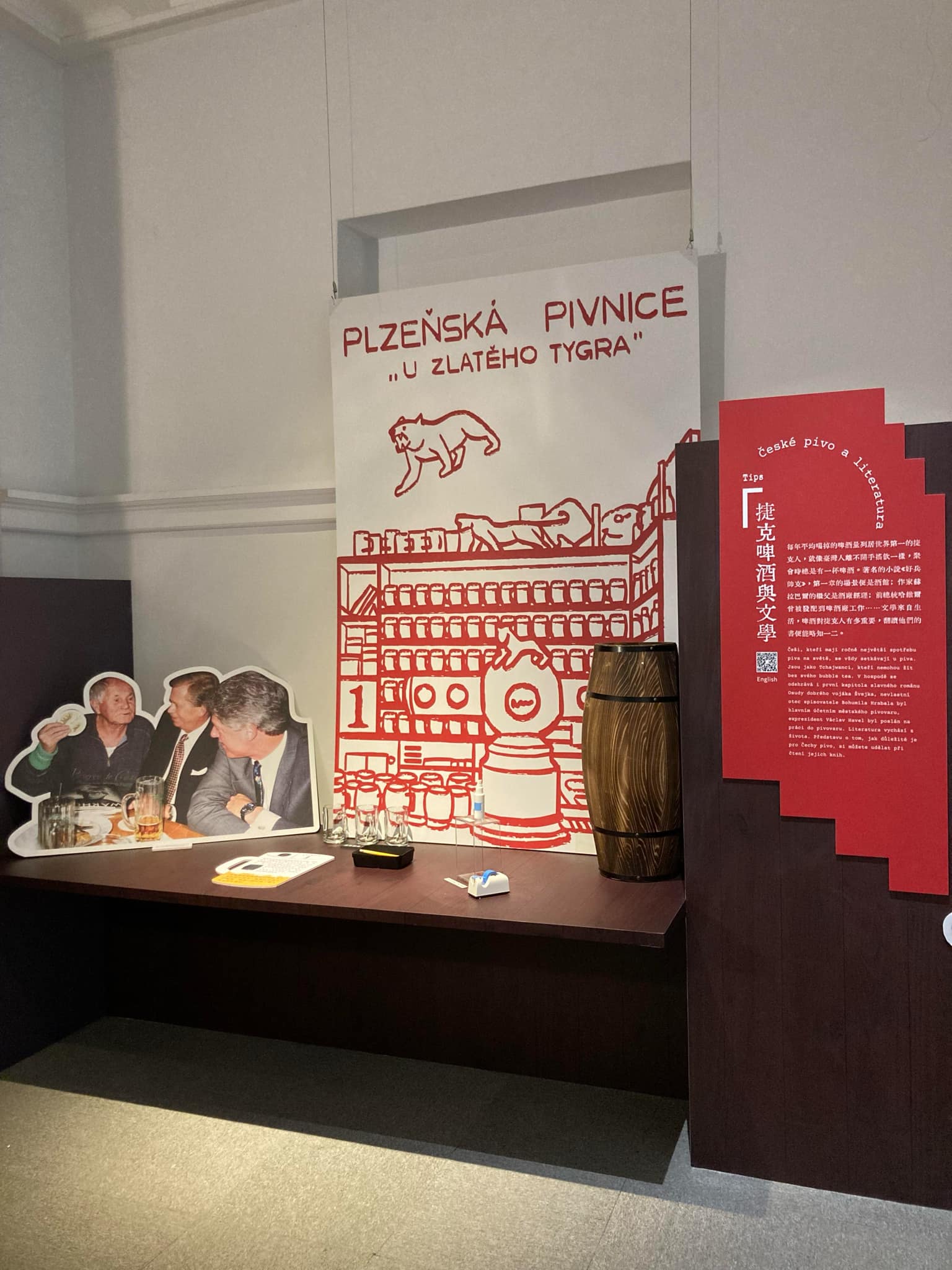
【The Inseperable Link between Czech Literature and Beer】
Czechia likely consumes the most beer per capita of any country in the world, with a national passion for this beverage that rivals Taiwan’s own infatuation with “hand-shaken” (手搖) drinks. The first chapter of Jaroslav Hašek’s multivolume novel Good Soldier Švejk opens in a tavern; author Bohumil Hrabal’s stepfather worked as a brewery manager; and author and former-Czechia President Václav Havel was once assigned to work in a beer production facility. Literature is life, and beer is a vital thread in the social fabric of Czech culture. Reading Czech literature in translation can certainly teach the astute reader a thing or two about the cultural and everyday mores of this central European nation.


